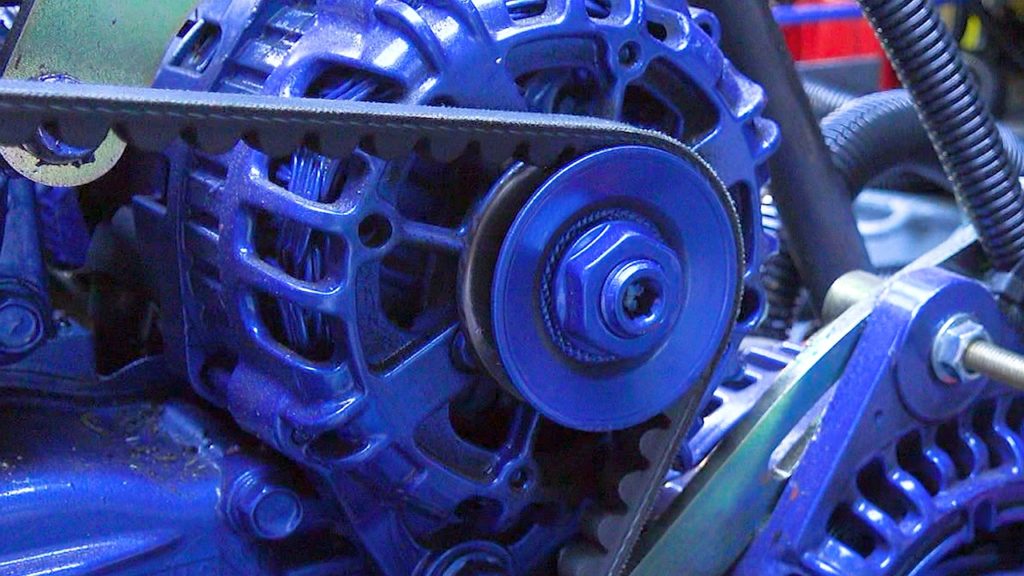OK solar junkies,
I have a 50DN+ ( 24VDC @ 400 Amps ) continuous duty alternator on my bus.
I want to charge some 24v LiPeSO4 cells.
Can I connect my alternator feed ( about 28Volts ) to a MPPT solar in, simulating solar panels and get the correct charging profile for the LiFeSO4 cells ?
Thanks in Advance !
-Rick
I have a 50DN+ ( 24VDC @ 400 Amps ) continuous duty alternator on my bus.
I want to charge some 24v LiPeSO4 cells.
Can I connect my alternator feed ( about 28Volts ) to a MPPT solar in, simulating solar panels and get the correct charging profile for the LiFeSO4 cells ?
Thanks in Advance !
-Rick



